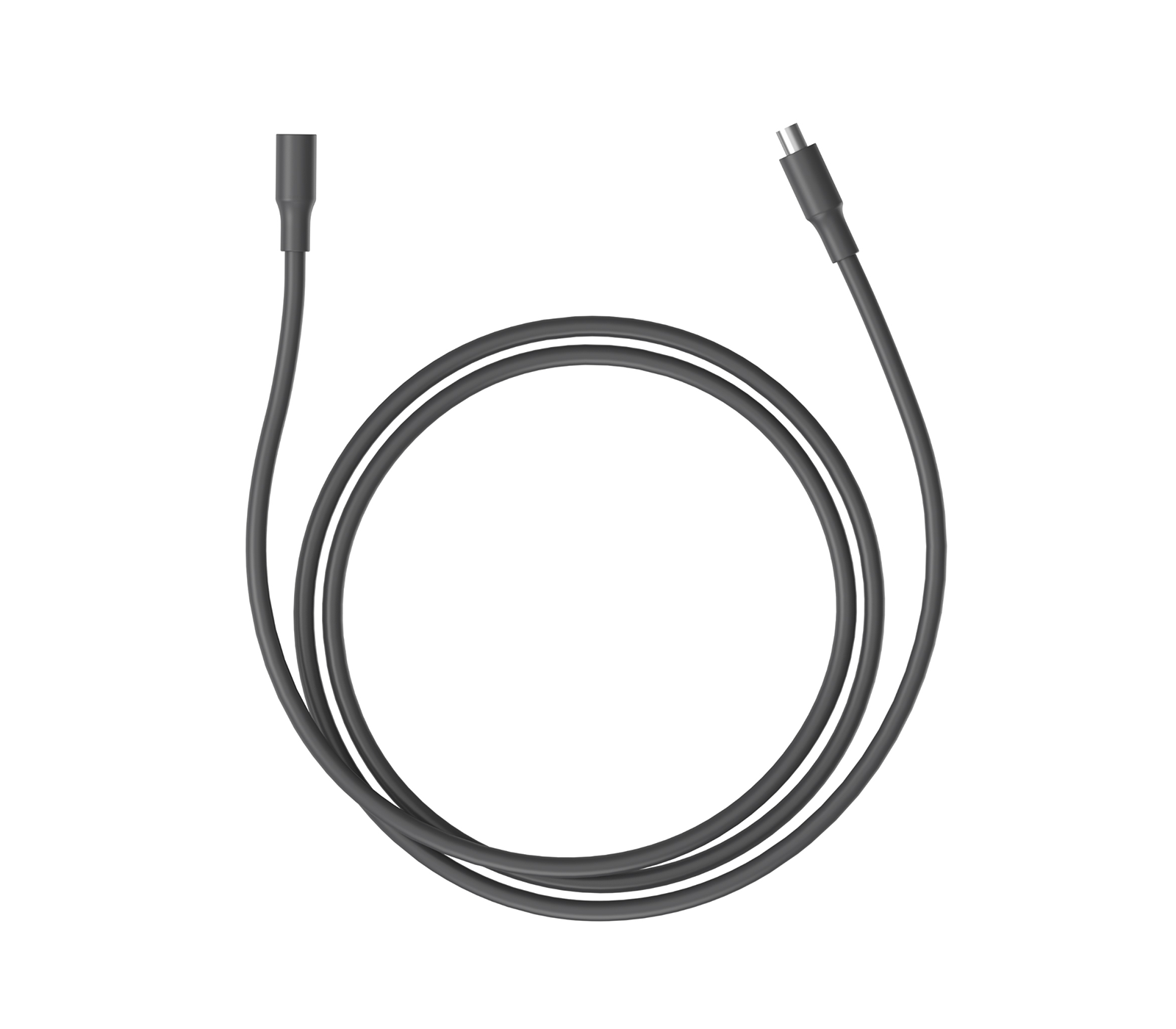The Western Mountain region of the United States composes Montana, Idaho, Wyoming, Utah, Colorado, Arizona, New Mexico, and Nevada. According to the Red Cross, residents of the Mountainous West are most susceptible to earthquakes, wildfires, and winter storms.
As is the case with all weather emergencies, you’ll want to begin gathering supplies to create an emergency preparedness kit. Keep essentials on hand year round like water, non-perishable foods, and a first-aid kit. If you are in a drought-prone region, stock up on extra water when possible. Weather emergencies also always come with the risk of a power outage. Think about the last time you lost power, and decide if your household could benefit from a backup battery power source. The HomePower ONE is compatible with a wide range of household appliances, like the refrigerator and lighting, and can charge your electronic devices to keep you in communication with family and the community.

Here are some more tips to help you prepare for each type of weather event that can hit your area.
1. Earthquakes
Assess the structural soundness of your home and consider making improvements sooner rather than later. Similarly, identify any objects inside your home that could become a hazard, like heavy bookshelves or glass objects, and secure them. Next, evaluate which room of your house would be safest to shelter in, or the safest part of each room of your home. The safest area of your home would be away from glass, hanging objects, heavy cabinets, and other large furniture. A room without ceiling light fixtures like chandeliers and exposed shelving is also safest. Contrary to popular belief, do not stand in doorways. If driving, pull over and set your emergency parking brake.
2. Wildfire
There are some key terminologies that you should be aware of if you live in a wildfire-prone area of the country. A Fire Weather Watch means you should start preparing for the event of a wildfire. A watch signifies that critical weather conditions are possible, though not imminent. Extreme Fire Behavior alerts you that fires are likely to rage out of control. These types of fires are difficult to predict because they can be erratic and dangerous. A Red Flag Warning means you need to take action, like being extremely careful with open flames. This alert would signify that wildfires are ongoing or imminent.

Consider using fire-resistant materials wherever possible in your home. Be sure to have an outdoor water source with a hose that can reach any area of your property, in the case you need to prevent or put out flames. Within at least 30 feet of your home, remove any debris or combustible materials like dead branches or fallen leaves. Make sure your roof and gutters are clean and branches are not hanging over the roof or chimney. Since wildfires are so unpredictable, learn and practice all your evacuation zones.
3. Winter Storms
Winter storms can make roads impassable, close airports, halt the delivery of goods, and cause power outages for days following the storm. Many winter storms can also stop traffic, making it wise to keep a spare emergency supply kit in your car. Keep energy bars, water, and extra warm sweaters and blankets in case you need to unexpectedly pull over for a while.

Ensure that your home is properly outfitted for winter weather conditions by caulking and weather-stripping all doors and windows. Add insulation in the walls, attics, and around water lines that are in exterior walls to prevent pipes from freezing. To further keep out the cold during a storm, install storm or thermal-pane windows or cover them with plastic from the inside. Ahead of time, repair any leaks in your roof and clear dead tree branches that could fall on your house or car.
Summary
Educating yourself on the types of weather events that hit the Western parts of the United States, particularly the mountainous areas, can prevent you from feeling overwhelmed when an emergency strikes. Begin preparing an emergency supply kit, identify potential hazards in or around your home, and learn evacuation routes and places of shelter. Practice all safety plans with your whole household so you’re all prepared, no matter when you’re affected. Since power outages are common with these types of weather events, consider purchasing an emergency generator like the HomePower ONE or SolarPower ONE.

About Geneverse: Geneverse (formerly Generark) is the most reliablesolar generator and source of emergency backup power for your home and community. From theHomePower backup battery power station providing portable access to electricity, to theSolarPowersolar panels as a source for recharging, never be disconnected from what matters most to you. Learn more about how Geneverse and its industry-leading 5-year limited warranty can bring protection and security to your family ongeneverse.com. Never face a power outage alone, and power your home with a solar generator from Geneverse.












Leave a comment (all fields required)